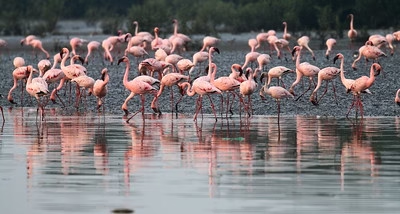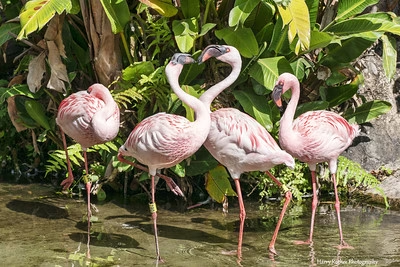Lake Nakuru National Park.A Jewel of Kenya’s Great Rift Valley.
Located in the heart of Kenya’s Great Rift Valley, Lake Nakuru National Park is one of the country’s premier wildlife destinations. Famous for its shimmering soda lake, diverse ecosystems, and teeming wildlife, this park is a must-visit for nature lovers and wildlife enthusiasts.
Location and History of Lake Nakuru National Park
Nakuru National Park is situated approximately 164 kilometers northwest of Nairobi, the park is easily accessible by road, making it a popular destination for both local and international visitors.
The park spans an area of about 188 square kilometers and is centered around the iconic Lake Nakuru, a shallow alkaline lake renowned for its beauty and ecological importance.
First established in 1961 as a bird sanctuary, primarily to protect the lake’s famous flamingo population. Over time, its conservation mandate expanded, and today, it serves as a safe haven for a wide array of wildlife, including endangered species like rhinos.
It is managed by the Kenya Wildlife Service (KWS) and is recognized as part of the UNESCO World Heritage-listed Kenya Lake System in the Great Rift Valley.
Wildlife in Lake Nakuru National Park
Lake Nakuru National Park is a haven for wildlife, with over 450 bird species and 50 mammal species recorded within its boundaries. The park’s soda lake attracts thousands of lesserflamingos, creating a pink-hued spectacle that is breathtakingly beautiful.

While the number of flamingos varies depending on water levels, they remain a key attraction.
Other notable bird species include:
- Great white pelicans
- Marabou storks
- African fish eagles
- Pied kingfishers
The park is also a sanctuary for black and white rhinoceroses, which are protected within a specially designated rhino sanctuary. Additionally, visitors can spot:
- Lions
- Leopards
- Rothschild’s giraffes
- Buffaloes
- Waterbucks
- Zebras
The dense woodlands and bushy grasslands provide an ideal habitat for these species, and the lake itself supports numerous aquatic creatures, including hippos.
Activities to Do at Lake Nakuru National Park
Game Drives
Explore the park on safari and encounter its rich diversity of wildlife. Morning and evening game drives are particularly rewarding, as animals are most active during these times. Keep your eyes peeled for elusive leopards and the park’s rhino populations.
Bird Watching
Bring your binoculars and marvel at the flamingos, pelicans, and other bird species that make the park their home. Birding enthusiasts can enjoy the diversity year-round.
Visit Baboon Cliff
One of the most popular viewpoints in the park, Baboon Cliff offers panoramic views of the lake and surrounding landscapes. It’s a great spot for photography and a quiet moment to take in the beauty of the park.
Hiking and Nature Walks
Explore the park on foot through designated trails. The diverse terrain includes forests, rocky escarpments, and savannah, making it a thrilling experience for hikers.
Picnicking
Enjoy a relaxing picnic at one of the designated picnic sites while surrounded by the serene beauty of nature. Make sure to observe wildlife from a safe distance.
Photography
The stunning landscapes and abundance of wildlife make Lake Nakuru National Park a photographer’s dream. Capture the park’s flamingos, majestic giraffes, and dramatic sunsets over the lake.
Explore Makalia Falls
Located within the park, the Makalia Falls is a small but picturesque waterfall that adds to the park’s charm. It’s a great spot to relax and enjoy nature.
Educational Tours
Learn about conservation efforts, particularly those focused on rhino protection. Educational tours are available to deepen your understanding of the park’s role in preserving Kenya’s natural heritage.
Conservation Efforts
Lake Nakuru National Park plays a critical role in the conservation of rhinos and other endangered species. The park’s fencing ensures that wildlife is protected from human-wildlife conflict, while rangers and anti-poaching patrols safeguard its inhabitants. Sustainable tourism initiatives also help fund these conservation efforts.
Best Time to Visit
The park can be visited year-round, but the dry season from June to February is ideal for game viewing, as animals congregate around water sources. Bird watchers may prefer the wet season from March to May, when migratory birds arrive.


